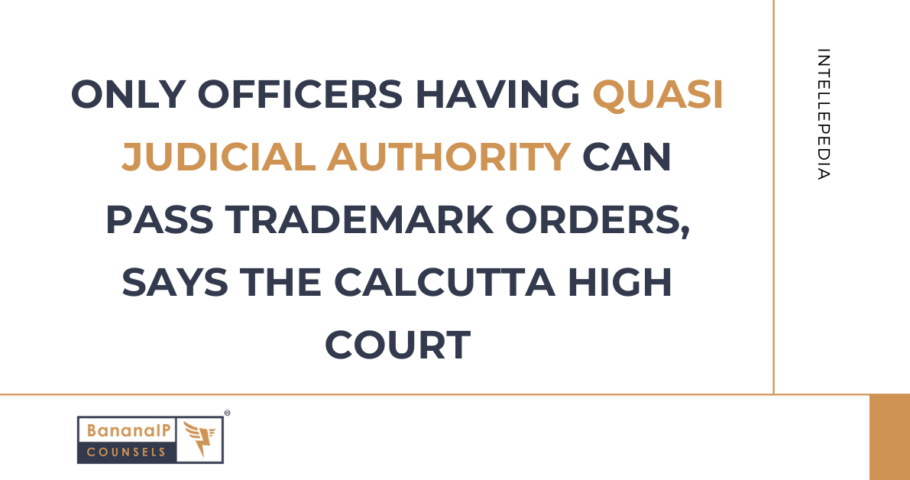The UK Intellectual Property office has given its approval for the usage of the word ‘should’ve’ by Specsavers. Specsavers had applied to trademark the words ‘should’ve’ and ‘should have’ to protect its famous slogan. Specsavers has been using the word ‘should’ve’ in its slogan since the year 2003 and had always planned to trademark the same. Specsavers was started in 1984 by Doug Perkins and his wife Mary and currently has 1,750 stores in 10 countries with a turning over £1.5 billion a year. The approval granted by the UKIPO would mean restraining other rival companies from using the word ‘should’ve’in their marketing. However, the IPO has allowed the rivals to make objections in respect of the approval which has been granted within October 12, 2016.
It is important to note that this decision of the IPO has surprised the legal fraternity. The IPO has accepted the trademark for a single word, which is a verb in common usage. The obvious effect of this monopoly would result in excluding others from using ‘should’ve’ or ‘shouldve’ when communicating about certain classes of goods, including optician services, medical hearing aids and eyewear. This will encourage other companies using similar words to trademark the same. The ability to exclusively use a word which is a commonly used word in communications is an extremely powerful marketing tool. It is generally very difficult to trademark a slogan unless it is very distinctive, for instance Nike’s; “Just do it”. McDonald’s has trademarked the phrase “I’m lovin’ it” and Nestle has done the same with “Have a break” for its Kit Kat bars. This move by Specsavers to trademark a commonly used word is not a new one. In 1993, brewer Carlsberg had obtained a UK trademark for the word “probably” after establishing the slogan “Probably the best lager in the world”. Specsavers has a strong track record of protecting its trademark. In 2014, Specsavers won an appeal to trademark the oval shapes in its logo. The other party to the dispute was Asda and Specsavers had alleged that the supermarket used a logo which resembled its own.
Source :1
Authored By Sudha Sameeskhya



